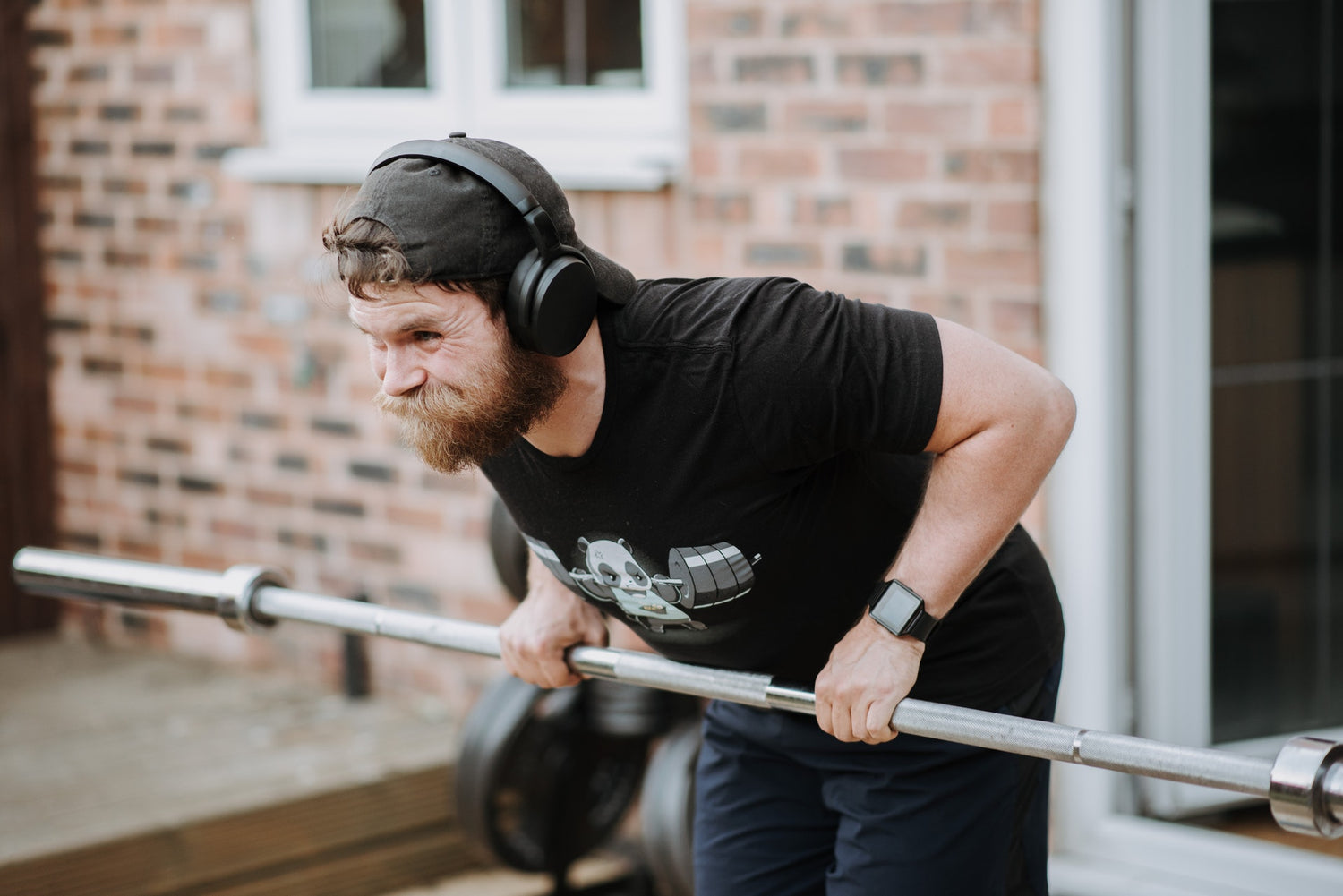Muscle strains are direct injuries to either tissue or the tendons that hold together the muscles to bones. Minor pulled muscles usually consist of overstretching the ligaments, whereas the more severe strains might result in a full or partial tear. Common areas on the body for these to occur are the lower back and the hamstring in most cases
How Do You Know That You’ve Pulled A Muscle
With all injuries, you’re going to notice some sort of pain in the affected area. Symptoms may include the following:
- Pain or tenderness
- Swelling
- Muscle spasms
- Limited range of motion
- Bruising
When a muscle is initially pulled, the area tends to first show signs of swelling. Patients sometimes report that this feels as though they’re being “stabbed” in that specific area. Patients may also hear a popping sound at the time of injury.
A range of activities usually can cause muscle strain, but they usually fall in the category of physical exercise of some kind.
An acute strain might occur during some explosive action such as sprinting or cutting on a football field, but it can also happen due to a long period of poor posture. Muscle strains also appear in grip or throwing sports that incorporate repetitive motions, such as golf, tennis, football, and baseball.
What Does a Pulled Muscle Feel Like To Touch?
The pain experienced with strained muscles might not be the sharpest out there, but it displays identifiable characteristics to help you self-diagnose if the time arises. It can feel like knots in the muscles or joints from the outside touch compared to other normal ones, sore muscles, or bad cramps.
On top of this odd sensation, your range of motion should be noticeably impacted (e.g., it will be harder to bend your knee or raise your arm fully).
Causes of Muscle Strain
In technical terms, a muscle strain occurs when a force is so great that it forces a tear in the tissue. Depending on the degree of the tear, this usually will determine the pain severity of the strain.
Pulled muscles most commonly appear at junctions between the muscle and tendon; however, they can be found in the tendon and muscles themselves. These areas include the hamstring, calf, and quads. When people perform explosive athletic exercises known to result in strains like loading, the muscle contracts while it’s getting longer.
Aside from the exercise alone, other factors can play a part in people’s likelihood to run into one of these injuries. Age, previous muscle injury, lack of muscle strength, fatigue, and lack of flexibility are other deciders that go into the equation of finding muscle strains.
How Long Does It Take for Pulled Muscle To Heal?
In the case of a mild strain, the recovery time tends to range from three to six weeks with proper care. This means limiting the range of motion in any activity that would directly affect the strained areas. If the strain happens to be more severe, surgery or physical therapy might be necessary steps for the road to recovery.
By properly recovering, you can hopefully avoid future muscle strains going forward. It’s important as always to follow your doctor’s instructions following this type of injury; eliminate strenuous physical activity until your body has completely healed. Reaggravation could lead to many more problems down the road.
How To Treat a Pulled Muscle
The tried-and-true RICE method—rest, ice, compression, and elevation—is a simple way to soothe your pulled muscle.
As soon as you’ve hurt yourself and determined it’s some form of muscle strain, here are the steps to follow:
- Protecting the area from further harm.
- Begin moving the muscle sooner rather than later to ranges of motion that feel comfortable. It’s crucial to avoid making the muscle stiffer than it already is.
- Apply an ice pack or ice wrapped in a towel to the area roughly every two hours after diagnosis.
- Compress/bandage the injury. It’s important not to ice or compress the injury while asleep. Use an elastic bandage if possible, but avoid wrapping so tightly that you reduce your blood circulation.
- Elevate the area at a height about your heart.
- Use an over-the-counter medication like nonsteroidal anti-inflammatory drugs (NSAIDs) such as ibuprofen.
Should You Stretch a Pulled Muscle?
Yes! It is strongly encouraged to help relieve the stiffness your muscle is experiencing. Although it is recommended to rest your strained muscles, do not do this for too long of a time period. Take breaks to incorporate stretching into your recovery routine.
It’s important to begin stretching your ailing muscles more lightly at first. By starting this way, your body can get slowly used to exercise once again as you slowly build up the level of stretching intensity. When you return to regular activity down the road, it’s vital to stretch before any form of exercise in hopes of preventing a similar type of injury.
Preventative Measures Going Forward
For those who enjoy going to the gym or looking to get started, it’s important to keep technique and form in mind when you engage in physical exercise. By ensuring you’re doing things the right way while exercising, the body will get stronger while not flirting with any risky behavior.
If you’ve previously dealt with muscle strains or pulled back muscles, or if you’re just looking to not run into them in the future, make sure you always stretch before you begin any sort of exercise.
If you have an occupation or aspect of your life that requires physically demanding tasks, do your best to stay in shape or get to healthy well-being as best you can. This may include dieting or working out from home if getting to the gym is a daunting task. If you’re new to the workout lifestyle and want to introduce yourself to at-home routines, look no further than the Ski-Row Air from Energy Fit.
This two-in-one cardio machine doubles as a row machine and ski trainer, giving you a variety of exercises that can be done in the comfort of your own home. If you have any questions about setting up your machine or operating it, Energy Fit’s easy-to-navigate FAQs will provide you with answers on how to do so.
Sources:
Limited range of motion Information | Mount Sinai
Muscle Strains: Causes, Symptoms, and Treatment | Hospital for Special Surgery





Leave a comment
All comments are moderated before being published.
This site is protected by hCaptcha and the hCaptcha Privacy Policy and Terms of Service apply.